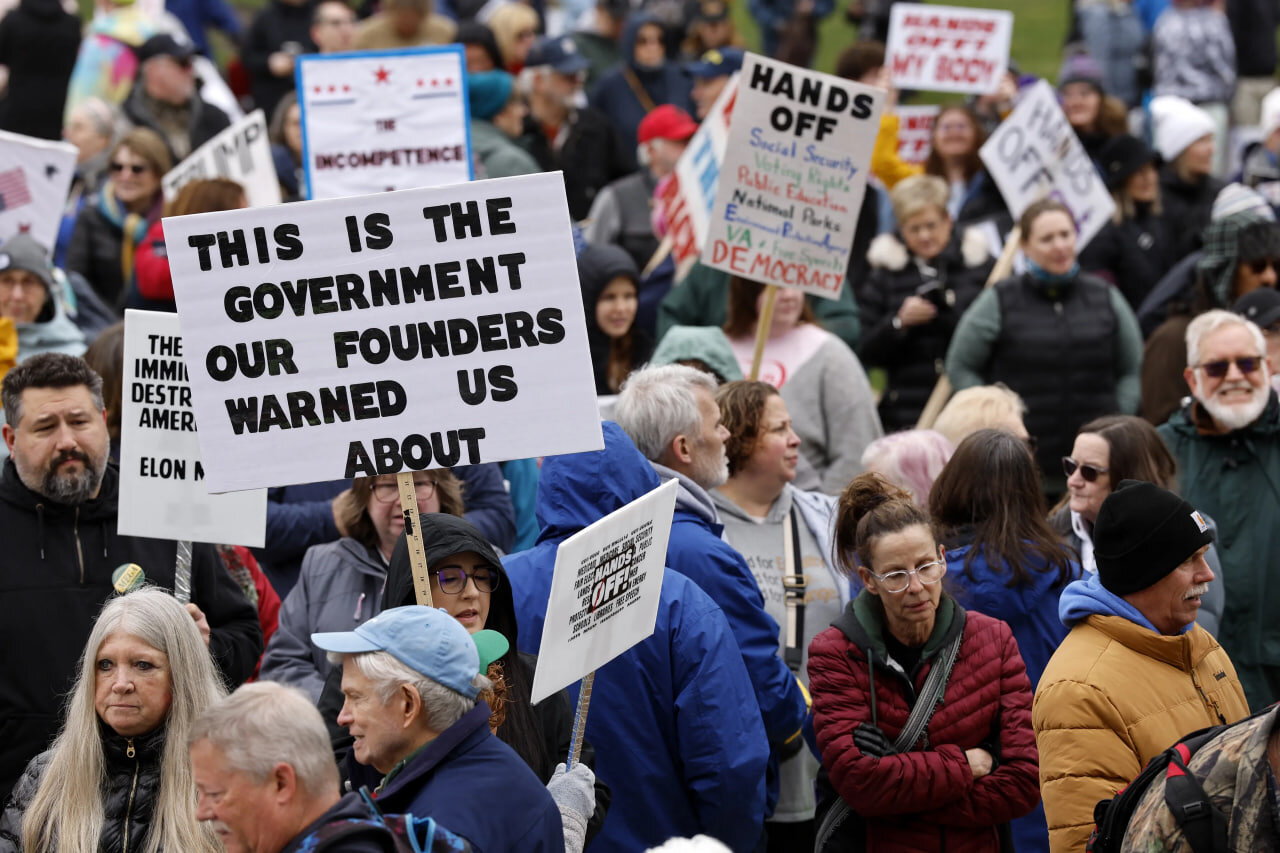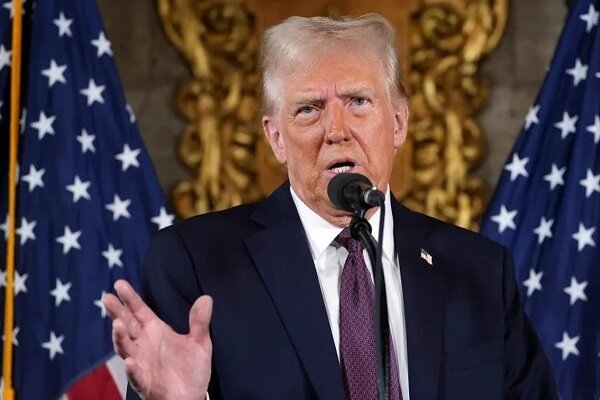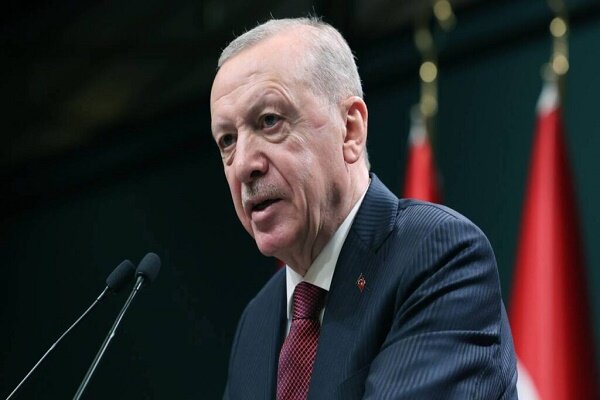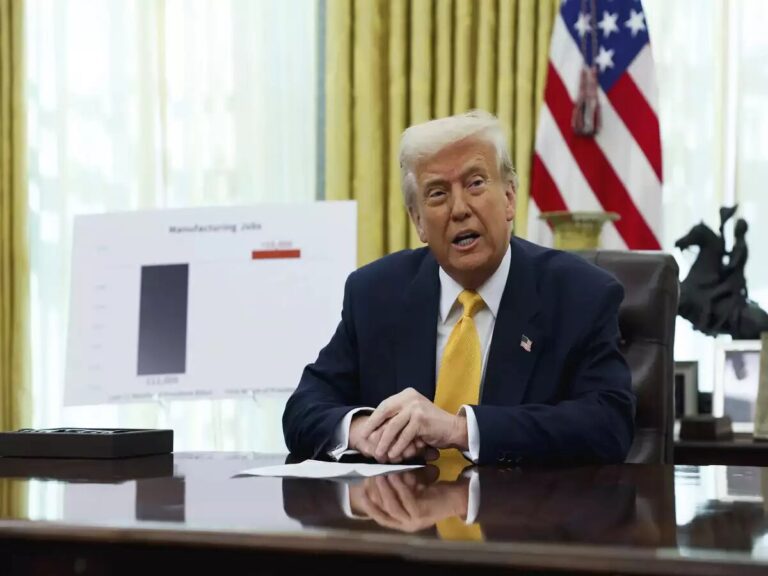Nationwide Protests Erupt in Defiance of Trump: A Unified Stand for Change
On Saturday, across the nation, passionate demonstrators rallied to defend vital issues such as national parks, small businesses, and public education. The protests were a response to President Trump’s controversial agenda, with participants voicing their concerns on a wide range of topics including health care for veterans, abortion rights, and the integrity of elections. These events spanned all 50 states and even reached U.S. territories and various locations worldwide, showcasing a unified front against tariffs, oligarchs, and what many view as authoritarianism.
As the protests unfolded, images shared on social media highlighted the scale of the gatherings, with attendees braving inclement weather in cities like St. Augustine, Florida; Salt Lake City, Utah; and Frankfort, Kentucky. Ron Marz, a comic book writer, noted the impressive turnout despite adverse conditions in Albany, where thousands gathered at the New York State Capitol, stating, “Pouring rain, 43 degrees, biting wind, and people are still here in Albany in the thousands.”
Though estimating crowd sizes can be challenging, organizers reported that over 600,000 individuals had registered for the protests. In Manhattan, the demonstration spanned nearly 20 blocks, while thousands filled Daley Plaza in Chicago and tens of thousands surrounded the Washington Monument in the nation’s capital. In Atlanta, police estimated a turnout of over 20,000 people marching towards the statehouse.
Interestingly, President Trump was reportedly playing golf in Florida during the protests and did not issue any immediate response. Many demonstrators displayed American flags, some turned upside down as a signal of distress, while others preferred to remain anonymous to avoid potential backlash. The slogans echoed concerns about Social Security, healthcare, and cancer research, with one placard reading, “I’m tariffied. Are you?”—a direct reference to the economic turmoil sparked by recent tariff announcements.
The protests were not just about politics; they were deeply personal for many attendees. For instance, Rob Ahlrichs, a Baltimore resident, attended the Washington protest with his family, carrying a sign that showcased the decline in stock market indexes, asking, “Did you vote for this?” In Chicago, first-time protester Marilyn Finner expressed her apprehension over potential threats to retirement benefits, stating, “Eventually I want to receive my Social Security that I paid for.”
The mass action was branded “Hands Off!,” a name that signifies a broad coalition of issues and concerns. Many participants felt that the Democratic party lacked a strong opposition to Trump’s policies. Don Westhoff, a 59-year-old accountant, echoed this sentiment, urging for younger leaders to step up. He remarked, “We want to let the elected Democratic officials know that good is no longer good enough. They need to fight.”
Concerns varied widely across different locations. For example, Katrin Hinrichsen drove six hours from Connecticut to Washington to voice her opposition to the deportation of legal residents accused of antisemitic speech. The protests were organized by groups like Indivisible and MoveOn, who previously focused on issues such as abortion rights, gun violence, and racial justice. The shift in focus aims to address pressing economic concerns such as healthcare and Social Security, highlighting how Trump’s policies are perceived to benefit the wealthy at the expense of the average American.
- Local Focus: Organizers opted for numerous local gatherings rather than massive demonstrations, reminiscent of the 2017 Women’s March.
- Environmental Concerns: In Ketchum, Idaho, residents protested cuts to the Forest Service, with signs expressing the urgency of the matter.
- General Opposition: Many signs reflected a broad opposition to Trump’s administration, with messages such as “Hands off my money, rights, democracy.”
Barbara Santarelli, a retired healthcare worker attending the New York City rally, expressed her dismay over the co-opting of patriotism by the MAGA movement, stating, “I feel like the MAGA people have corrupted and co-opted the American flag and the idea of patriotism.” Despite concerns for her safety, she felt compelled to attend, expressing that defending democracy was her duty at her age.
In Chicago, Glynn Tipton shared his motivations for attending, emphasizing the need to support friends who may feel threatened by current policies. “I’m a generic white guy, so they aren’t coming for me,” he noted, indicating the importance of standing up for marginalized communities.
Many protesters reported feeling directly impacted by federal job cuts and financial instability. Johnny Johnson, a 34-year-old from Atlanta, recounted his tumultuous experience with the IRS, which included being hired, moved, and fired all within a few months. “I dipped into my 401(k) because I didn’t know what was going to happen,” he said.
In Denver, veteran protestors pointed out a noticeable decrease in Latino representation compared to previous demonstrations, which they attributed to fear of repercussions for participating. Brian Loma, an environmental organizer, commented on the climate of fear, stating, “It’s crazy.”
Among the diverse voices at these protests was Melissa Jackson, a former special education teacher and mother of a child with special needs. She expressed her concerns over the direction of public education and the need for inclusivity. “We’ve come too far to take so many steps back,” she asserted, highlighting the importance of diversity in America.






